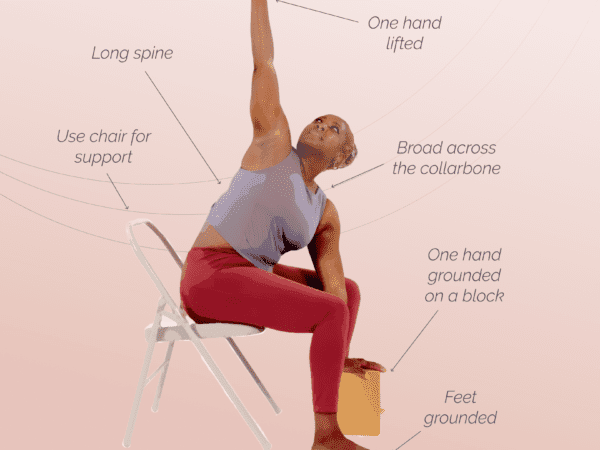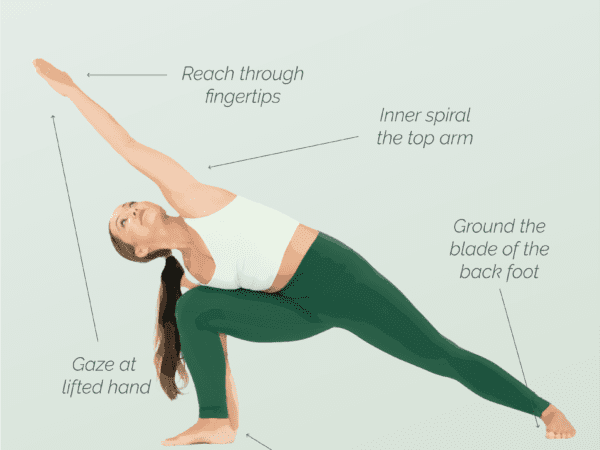The knee-in plank is a challenging yoga pose that targets the core muscles and improves overall body strength. By mastering this pose, yoga enthusiasts can enhance their practice and take their fitness journey to the next level.
Benefits of knee-in plank
The knee-in plank offers a multitude of benefits for yoga enthusiasts. This challenging pose targets the core muscles, helping to strengthen and tone the abdominal region, which can relieve low back pain. Additionally, the knee-in plank engages the arms, shoulders, and legs, contributing to overall body strength and stability. Regular practice of this pose can improve balance, posture, and body awareness.
Can knee-in planks help improve core strength and stability?
Knee-in planks are a fantastic exercise to enhance core strength and stability. This variation of the traditional plank adds an extra challenge by engaging the hip flexors and lower abdominals.
Knee-in planks target multiple muscle groups simultaneously, including the rectus abdominis, obliques, transverse abdominis, hip flexors, and even the glutes. By incorporating these exercises into your routine, you can enhance your overall core strength and stability.
Regular practice of knee-in planks can also improve posture and balance, as well as help prevent lower back pain. However, it is essential to maintain proper form throughout the exercise to maximize its benefits and avoid strain or injury.
Remember, consistency is key when it comes to improving core strength and stability. Consider gradually increasing the duration and intensity of your knee-in plank workouts as your strength progresses. Combined with a well-rounded yoga practice and healthy lifestyle, knee-in planks can be a valuable addition to your fitness routine. So, don’t hesitate to give them a try and enjoy the benefits they bring to your overall well-being.
Contraindications for knee-in plank
While the knee-in plank is a beneficial pose, there are a few contraindications to be aware of. Individuals with wrist or shoulder injuries should exercise caution or avoid this pose altogether, as it puts pressure on these areas. Additionally, those with high blood pressure or any cardiovascular conditions should consult with a healthcare professional before attempting the knee-in plank.
How does a knee-in plank differ from a traditional plank?
A knee-in plank is a variation of a traditional plank exercise that targets the core and hip muscles while also engaging the quadriceps and inner thighs. In a knee-in plank, the starting position is similar to a traditional plank, with the body in a straight line and supported by the forearms and toes. However, in a knee-in plank, instead of keeping the legs straight and extended, the knees are bent and pulled towards the chest or to the side, alternating between each knee. This movement creates an additional challenge for the core muscles as they work to stabilize the body while performing the knee-in motion. By incorporating knee-in planks into your workout routine, you can add variety and intensity to your plank exercise and target different muscle groups, helping to improve overall core strength, stability, and flexibility.
How do you perform a knee-in plank exercise?
To properly perform a knee-in plank exercise, follow these steps:
Start in a high plank position with your hands directly under your shoulders and your body in a straight line from head to toe. Engage your core and keep your glutes engaged.
Lift one foot off the ground and bring your knee in towards your chest, engaging your abdominal muscles.
Hold this position for five breaths.
Extend your leg back out to the starting position and repeat the movement on the other side, bringing the opposite knee in towards your chest and holding for five breaths.
Continue alternating the knee-in movement for a set number of repetitions or for a specific duration of time.
Tips for proper form:
Keep your core engaged throughout the exercise to maintain stability and prevent your hips from sagging or lifting too high.
Focus on keeping your body in a straight line from head to toe, avoiding any excessive arching or rounding of the back.
Control the movement and avoid swinging your legs or hips to maintain proper engagement of the core muscles.
Breathe steadily and deeply throughout the exercise, inhaling as you bring your knee in and exhaling as you extend your leg back out.
Remember to always listen to your body and modify the exercise as needed. Start with a variation that suits your fitness level and gradually progress as you become more comfortable and stronger in the knee-in plank exercise. Enjoy the challenge and feel the benefits of this effective core-strengthening movement!
How can I modify the knee-in plank to make it more challenging?
To make the knee-in plank more challenging, you can try incorporating variations and modifications that target different areas of your body. Here are a few ways to add intensity to your knee-in plank practice:
Elevated Knee-In Plank: Place your feet on an elevated surface, such as a step or a sturdy yoga block. This will increase the demand on your core muscles and require more stabilization.
Extended Leg Knee-In Plank: Instead of bringing your knees in towards your chest, extend one leg straight back while maintaining a stable plank. This variation engages the glutes and challenges your balance.
Side Knee-In Plank: From the knee-in plank position, rotate your body to one side, balancing on your hand and the side of your bottom foot. Lift your top leg and bring your top knee in towards your top elbow. This modification targets the obliques and adds a rotational element to your plank.
Knee-In Plank with Knee Tuck: Starting in the knee-in plank position, alternate bringing one knee in towards your chest, as if performing a mountain climber exercise. This dynamic movement increases the cardiovascular challenge while still engaging the core muscles.
Are there any common mistakes to avoid when doing knee-in planks?
When practicing knee-in planks, it is important to be mindful of some common mistakes that can compromise your technique and potentially lead to injury. Here are a few mistakes to watch out for:
Sagging Hips: One common mistake is allowing your hips to sag towards the ground. This can happen when abdominal muscles are not properly engaged. To avoid this, focus on maintaining a straight line from your head to your knees, keeping your core tight throughout the entire exercise.
Rounded Shoulders: Another mistake to avoid is rounding your shoulders forward. This can put unnecessary strain on your neck, shoulders, and upper back. Instead, think about pressing your shoulder blades down and away from your ears, allowing for proper alignment and stability.
Holding your Breath: Many people tend to hold their breath when performing challenging exercises, such as knee-in planks. However, it is important to maintain a steady, controlled breath throughout the movement. Focus on inhaling deeply through your nose and exhaling fully through your mouth.
Overextending the Neck: Lastly, avoid straining your neck by looking too far forward or upward. Instead, keep your gaze towards the floor, allowing your neck to align naturally with your spine. This will help maintain proper alignment and prevent unnecessary tension.
By being mindful of these common mistakes and focusing on proper form, you can ensure a more effective and safe knee-in plank practice. Remember to listen to your body, start with modifications if needed, and consult with a qualified yoga instructor if you have any concerns or questions.
Try practicing with this class to strengthen your core and find out how to use knee-in plank in your regular practice.
Are you looking for more guidance on your yoga journey? Sign up for Omstars to get access to thousands of yoga classes in the comfort of your own home. Start your subscription today.









